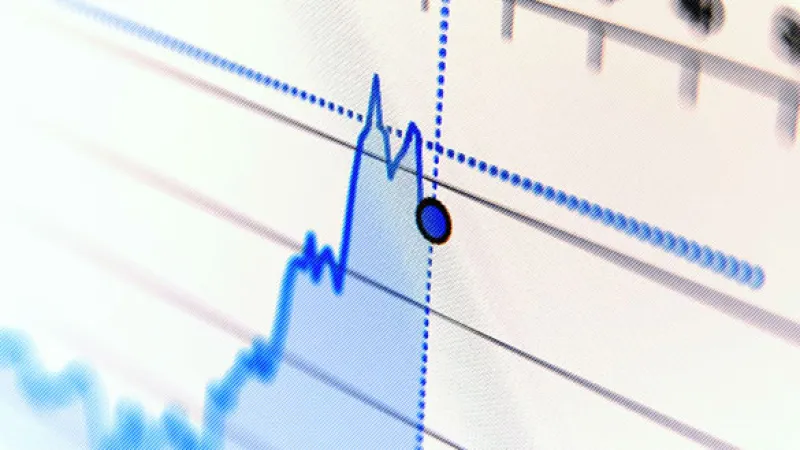By Blu Putnam and Erik Norland, CME Group
AT A GLANCE
- 2022 started with consensus around elevated inflation, tight labor markets and a rapid withdrawal of central bank accommodation, but CME Group economists highlight potential surprises
- After a volatile January for equities, bonds and commodities, Blu Putnam and Erik Norland discuss what they call a fragile outlook for 2022
Economic surprises may be in the cards for 2022, CME Group Chief Economist Blu Putnam says in the latest episode of The Economists.
The year started with consensus forming around three themes:
- Elevated inflation is not transient, even if it might abate in the second half of the year
- Labor markets are tight, with an abundance of job openings and people switching jobs
- Some central banks, particularly the Fed, are pointing toward ending QE and raising rates
Meanwhile, January CPI data showed that prices have risen 7.5 percent since a year ago, representing the highest reading since February 1982. And CME Group Senior Economist Erik Norland explains that those high prices might not be going away anytime soon. There is a notion in commodity markets that “high prices are the cure for high prices.” For example, high corn prices might encourage a farmer to plant additional acres of the crop, thereby increasing supply and reducing prices. However, this adjustment doesn’t happen as quickly in the world of goods where it may take years to build more factories, containers and ships or to expand port facilities. Further, factor in the potential impacts of geopolitical risks, and we’re talking about supply chain disruptions that might not be resolved until 2024.
But CME Group economists aren’t just looking at inflation and price data. Real GDP is also in focus. Typically, after a rebound year like 2021, real GDP decelerates. Add to that a very sharp withdrawal of emergency fiscal stimulus, the possibility of labor disruptions, and the potential for more COVID-19 variations, and you’ve got a recipe for slower economic growth or maybe even a negative quarter, Putnam says.
Finally, what about the economy’s response to the withdrawal of central bank accommodation? While the impact that the expansion of the Fed’s balance sheet had on the real economy is somewhat uncertain, there is little doubt that it has played a role in elevating equity and bond prices. At least some of the volatility seen in both of these markets during January can be attributed to the possibility that the Fed could soon start to reduce its balance sheet as it raises short-term rates. It’s also good to remember, Norland says, that investors underestimated how much the Fed would raise rates in the last three tightening cycles, so there is a risk that the Fed may tighten more than expected this time around.
The bottom line, Putnam says, is that the most likely scenario – one for abating elevated inflation, tight labor markets and a rapid withdrawal of central bank accommodation – may not go nearly as smoothly as hoped, given that geopolitical, supply chain and fiscal policy risks could further disrupt this fragile forecast.
Watch Putnam and Norland’s full discussion of their economic outlook for 2022 above.
The Economists is a video series covering the industries and events shaping global economics with a special focus on post-pandemic economic realities. Episodes are released monthly.
Read more articles like this at OpenMarkets






